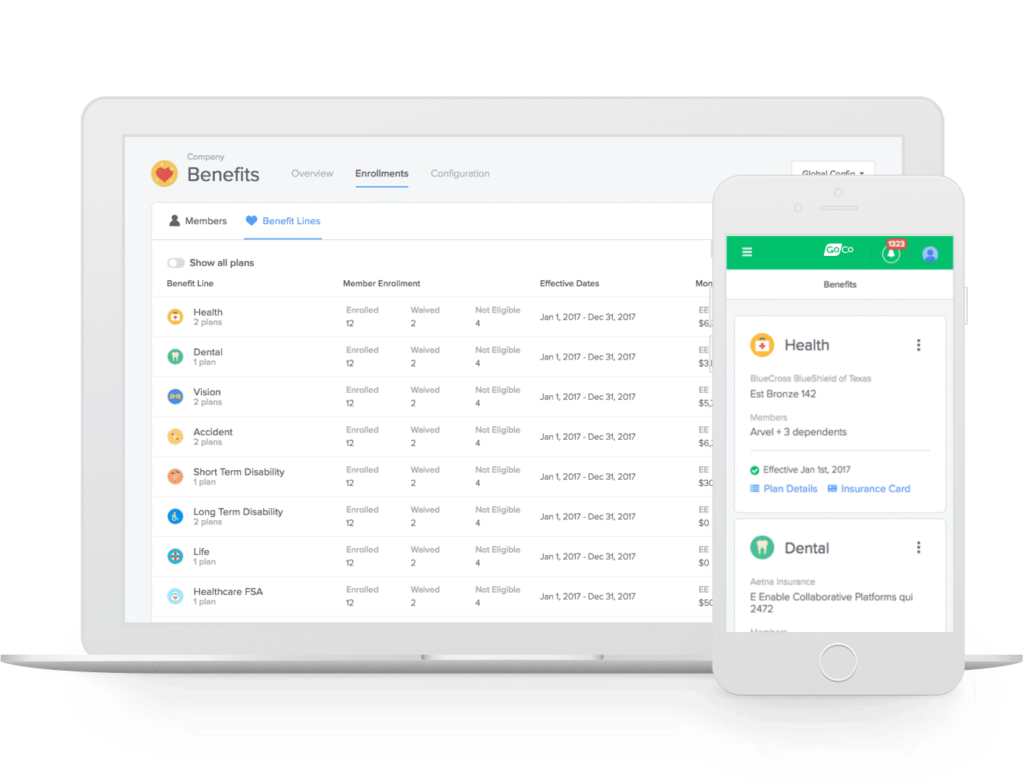Why Your Organization Should Offer Fertility Benefits
What HR should know about fertility benefits, and why it's time to offer them
by Elle Mason - September 8th, 2021
While there are often benefits (or at minimum – discussions) about childbirth and celebrations, people struggling with conception and infertility can feel invisible.
As employee benefits continue to become more family friendly, new hires are placing much more emphasis on the types of benefits your organization provides. With leading companies like LabCorp, Maven Clinic, and Carrot announcing major moves around fertility, family planning, and women’s and family health benefits, we wanted to create a resource on what HR should know about fertility benefits, and why it’s time to offer them.

What are fertility benefits and why do they matter?
The infertility statistics show that one in every eight American couples has trouble conceiving or carrying to term a pregnancy, which is about 12% of the population.
Reproductive technology is becoming more popular and accessible. This covers a range of treatments and procedures, including but not limited to: infertility diagnosis and medication, intrauterine insemination, in-vitro fertilization, egg harvesting, egg freezing, donor embryos or eggs, genetic testing or gestational surrogacy.
But reproductive technologies are expensive and could be seen as an unobtainable for many couples. The cost of trying to conceive is very high – the average cost of successful IVF treatment is around $50,000 - which can be a huge financial burden for those without insurance coverage or those who just don't have the money to spare. And beyond the cost, the medications and procedures necessary to conceive using these methods can also be time-consuming – sometimes even requiring daily lab visits for prolonged periods.
By providing benefits like free infertility screenings and sponsored treatments, organizations are able to provide an invaluable service to those who may not have been able to afford it themselves.
Why should you consider offering fertility benefits to your employees?
Fertility is a growing concern for many people – women, people who are single by choice, LGBTQ+ couples, and more. Fortunately, reproductive technologies offer diverse options for growing a family. By offering holistic fertility benefits, your company is being inclusive of and supporting the well-being of a diverse workforce.
And because of the time, pressure and stress that comes with infertility challenges, providing benefits (and even opening the door for employees to discuss these challenges) can provide a massive mental health relief.
According to the Carrot Fertility at Work report:
Only slightly more than 10% of respondents have access to family-forming or fertility benefits at work.
Of that 10%, about 5% feel that the benefits are not enough to meet their needs.
Almost 90% of respondents reported that the fertility process negatively impacted their mental health.
Almost 90% of respondents would consider changing jobs for fertility benefits.
Offering fertility benefits, beyond just attracting talent and creating employee loyalty, will ultimately result in a more productive workplace. By allowing employees to relieve their financial burdens, be more open about the time-consuming nature of their healthcare needs, and receive clinical guidance, they’ll be significantly less stressed and more engaged.
And with GoCo, you don’t have to worry about adding new lines of coverage or types of benefits — Admins can easily work with benefits advisors to add additional types of benefits, handle benefits deductions with ease, and run open enrollment 100% digitally. Employees can view potential fertility benefits plans and costs at-a-glance, and decide what’s right for them. GoCo’s BenAdmin software empowers employees to make the right choices for their own lives.

How can HR make the case for offering fertility benefits?
Consider the scope of proposed coverage: What will your coverage include? Will it be available to everyone? Too often, family planning benefits fail to include non-binary people, trans people, people who are single by choice and not necessarily clinically infertile but in need of reproductive technologies, and so much more. Some questions to consider are:
What treatments are covered and who do they apply to?
Are there limitations on the coverage?
Are there requirements, dollar caps, cycle caps, marital status restriction, or annual/lifetime maximums?
Discuss the facts: Fertility is a widespread challenge that can affect women, men, LGBTQ+ people, and beyond. While there are some legal mandates in certain states around insurance and fertility coverage, the actual laws vary substantially in what they cover and who they apply to. Offering fertility benefits is a massive value to employees and their families. According to one survey, almost a third of large (500+ employees) businesses offer a fertility benefit – and this number continues to grow year-after-year. HR people that are invested in bringing these benefits to their workplace can create a presentation that discusses the challenges, facts, and opportunities.
Find internal sponsors and support: There are certainly people in your workplace that will support you and agree with you. You can start by gauging interest from the employees. Being able to present hard data from your current workforce that says a large percentage of employees are in need of these benefits, will use them, and that these benefits could play a role in their well-being, productivity and loyalty, will go a long way in finding a sponsor to support your presentation and pitch. The more support you have behind you, the more likely the proposal will be seriously considered and weighed.
Bring the business benefits to the conversation: There are tangible and intangible benefits for the business to offer fertility benefits. Diversity, equity and inclusion impact; improved productivity, engagement and loyalty; better health outcomes for employees; strong PR for the business that can attract future customers, clients and talent; being progressive and forward-thinking; increasing employee commitment and longevity and the bottom-line benefits that come from that. Be sure to include all of these angles in your proposal or presentation. No matter how you slice it, fertility benefits are good for everyone – even if there’s a modest cost.
It can be intimidating to raise your voice and propose a new policy and offering – especially if it’s never been discussed at your workplace before! But change often starts within, and as HR, you have a powerful opportunity to advocate on behalf of everyone around you in order to build a happier, healthier, and more inclusive place to work. Don’t let it go to waste.
Search...
Product
GoCo
Resources
Articles
eBooks
Webinars
Customer Stories
